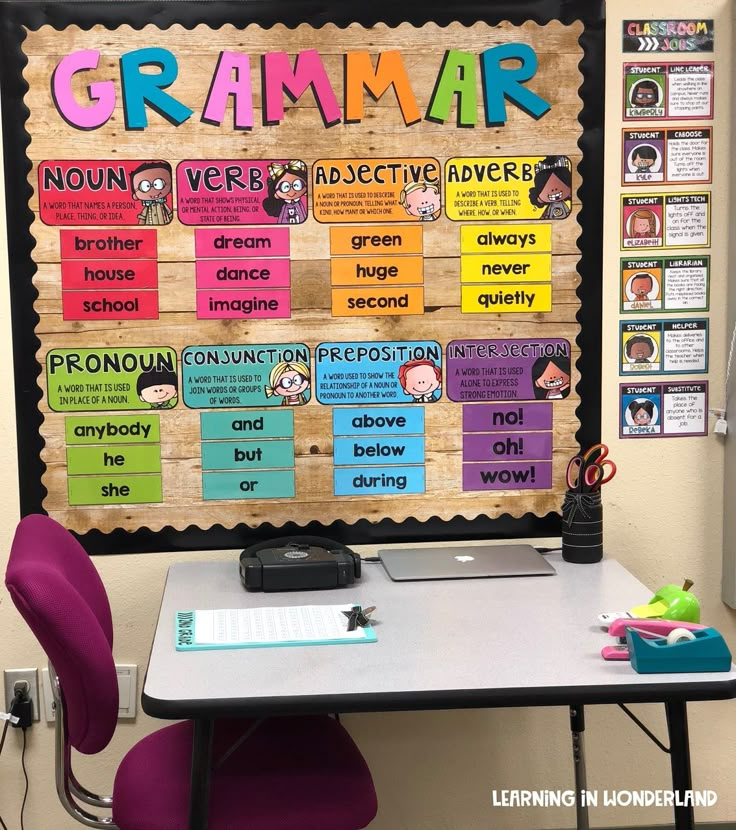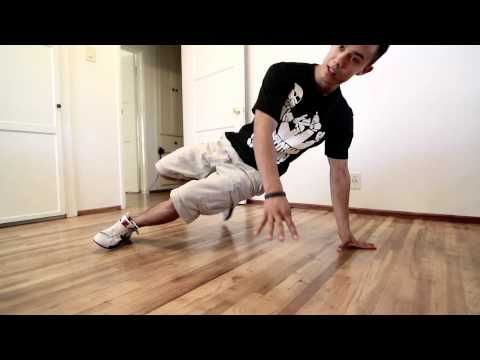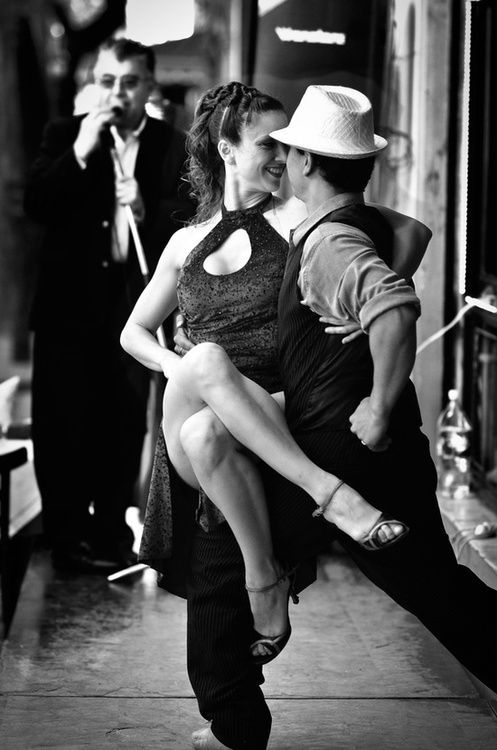How to teach dance in primary schools
How can I start teaching dance in my primary school?
When we speak to primary school teachers around the country, they often feel a little daunted by the prospect of teaching dance as a non-specialist.
We always remind them that you do not have to have the physical skills of a dancer to teach primary dance. It's not about demonstrating the perfect pirouette or teaching a killer routine.
Primary dance is much more about developing the skills of the children to express themselves to music with feeling and control.
I’m Imogen and in my 25 years of teaching dance to children and adults, I have some simple tools I would like to share with you to get you started. We’re going to look at 3 things:
- Beat and phrase
- Choreography
- Cats and dogs - yes that's, right cats and dogs!
So, let's take you through a quick guide and build your confidence in teaching dance to your primary school class.
Like this and want even more?
Set up your FREE imoves dance account for even more ways to get your kids dancing in your primary school!
No contract. No commitment. 100% risk free.
Create your FREE FOR LIFE account and get started today!
Transcript from the video...
How can I start teaching dance in my primary school?
If you feel a little daunted by the prospect of teaching dance as a non-specialist, remember that you do not have to have the physical skills of a dancer to teach primary dance.
It's not about demonstrating the perfect pirouette or teaching a killer routine. Primary dance is much more about developing the skills of the children to express themselves to music with feeling and control.
I’m Imogen and in my 25 years of teaching dance to children and adults, I have some simple tools I would like to share with you to get you started.
As a starting point, I’ve broken down into 3 simple tips for you to use.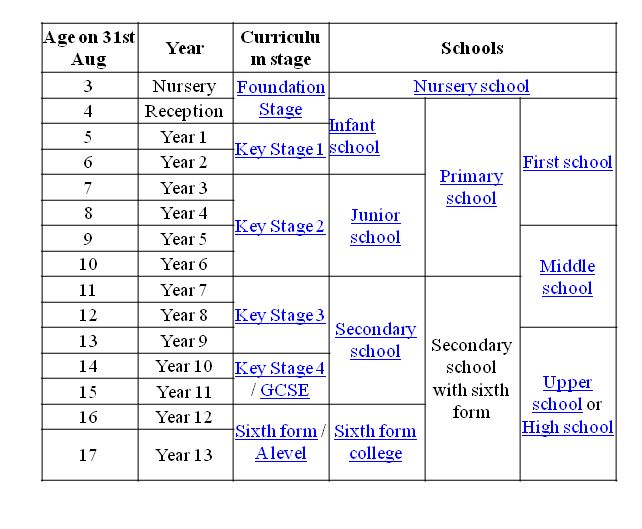
Beat and phrase
All our music has been produced for each dance scheme individually. It's fun, funky, and super easy to use in your lesson, taking away any worries you might have about music. All our music mixes have a good, strong, regular beat to move too.
I always start my lesson by sitting the children in the semi-circle. I play the music mix from my chosen scheme and ask them to clap along to the beat, counting out the balls away like this:
One, two, three, four, five, six, seven, eight. One, two, three, four, five, six, seven, eight. And so on.
Music is the foundation of any dance, and therefore it is important for children to understand the structure of the music, enabling them to create sequences that express the music effectively.
Choreography
Once you are confident with the music structure, it's time to add movement. We always start with the basics which are called the Six Principles of Dance. These include traveling steps; turning steps; jumping or leaping; stillness and balance; using levels and planes of movement; and gesture, where the gesture could be for a topic like Romans, or a dance style like Bollywood.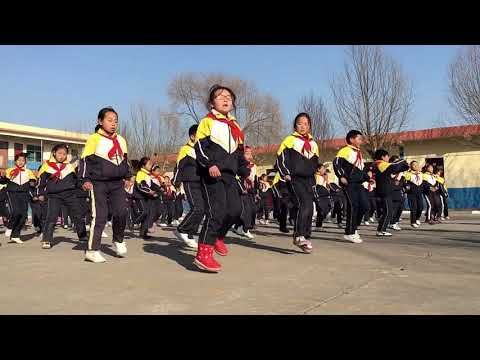
Using the six principles of dance will make your choreography exciting to watch, interesting to perform, and provides a framework to work towards.
My advice is to only demonstrate the moves you feel comfortable demonstrating, if you’re not comfortable then either find a member of the class who may be able to do it, or use resources with movies which help you demonstrate the move.
You can use movies directly with your children, or flashcards, or props to inspire a movement. This will help children to build a choreography of their own, leaving you to facilitate the lesson and build a story piece by piece into a wonderful performance.
Cats and dogs
If you think of the typical class, I bet you’ll have a mix of what I call cats or dogs.
I’d describe dogs as the confident children regarding dance. They want to join in, move expressively and get creative.
Cats, on the other hand, are not so keen. They are apprehensive, may feel self-conscious about dancing in front of their peers.
How can you get the cats moving and use the dogs to help? Here's what to do; hook your cats in early by getting them super confident with the music and banishing any ideas that dance is just for ballerinas. Avoid putting all dogs or cats into smaller breakout practice groups, as dogs will support cats, so mix them up together and keep all of them moving happily along their dance journey.
I hope you have lots of fun teaching dance, and remember, it’s not about you being the main attraction – it’s much more about getting the children working together and they’ll create some awesome performances!
If you like this but want more, then you’ll find loads more development support on our advice page on the imoves.com, or by joining us with a free membership where all the CPD is free.
Like this and want even more?
Set up your FREE imoves dance account for even more ways to get your kids dancing in your primary school!
No contract. No commitment. 100% risk free.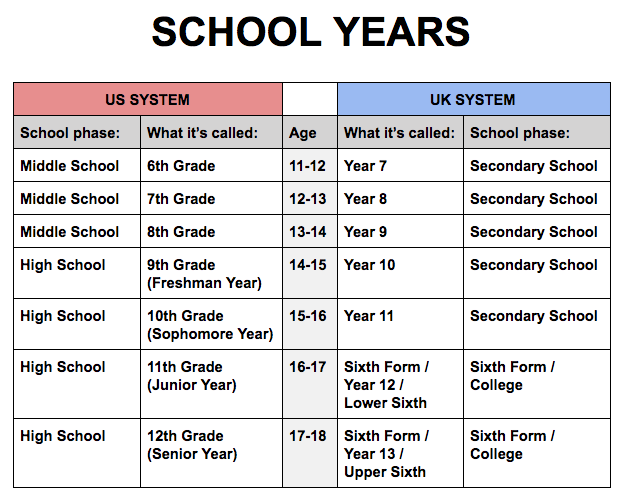
Create your FREE FOR LIFE account and get started today!
Our latest reviews...
Home |
Click here
After registering, you will receive a confirmation email containing information about joining the event.
DTI can take your dance education activities from good to great!
This is what Membership with DTI can do for you.
- Find new ways to use dance in your classroom
- Deliver quality, ready to use, dance activities, lessons, units, and projects
- Find tons of inspiration to create your own curriculum-based dance activities
- Powerup your classroom by integrating dance
- Provide worksheets, videos, music selections, and a variety of resources for Early childhood to Year 6 classrooms
- Connect with a global community of teachers, dancers, and artists
- BONUS: new dance activities and resources monthly
- We support all teachers to use dance to engage, inspire, and motivate children.
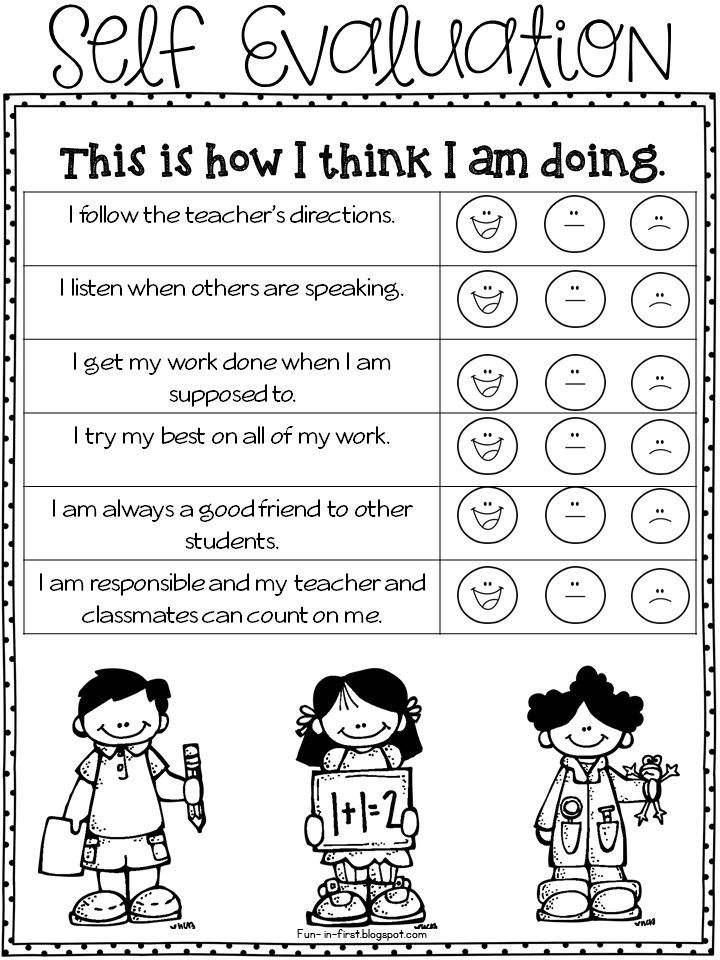
What are the benefits of using Dance in the Primary classroom?
• Dance promotes pupils’ holistic development, well being and motivation to learn at school.
• Dance has positive effects on learning—challenging and versatile forms of physical activity appear to be the best way to boost cognitive performance.
• It combines physical activity, expression of feelings, social interaction and cultural participation.
• It helps build children’s confidence and self esteem.
• Dance develops social skills.
• Movement has a positive effect on social interaction, group spirit and sense of empowerment in groups, especially where pupils do not have a common spoken language.
• Dance can also assist in preventing mental problems and social exclusion among children.
• Rather than individualistic competitive achievement, it focuses on cooperation and group cohesion.
• Dance avoids the valuation, comparisons and competitiveness connected to physical education. Such comparisons may lead to a negative perception of one’s physical competence and can reduce the motivation for movement and exercise.
Such comparisons may lead to a negative perception of one’s physical competence and can reduce the motivation for movement and exercise.
• Encourages freedom of expression not available in other activities.
Dance in the classroom is an exciting and engaging way for your lessons to come to life.
How can Dance Teaching Ideas help you in the classroom?
Here at Dance Teaching Ideas we’re passionate about supporting teachers and parents in making learning joyful, effective and inclusive.
DTI was created to assist primary teachers and home-schooling parents in developing and implementing high quality, inclusive dance and Arts lessons. Classrooms, at school and at home, will benefit from the energy, joy and enriched learning that comes from engaging in the Arts.
With Premium DTI Membership you have access to dance activities, complete lesson plans and in class resources that you can use immediately in your classroom. The articles, by experienced dance educators, support you implementing dance and movement in your classroom.
The articles, by experienced dance educators, support you implementing dance and movement in your classroom.
Engaging with the Arts is part of a comprehensive education that raises emotionally skilled people to promote a healthy society. Children who investigate, explore and imagine, learn how to be adaptive in a constantly changing environment.
How can DTI help if you’re a Primary teacher?
Dance Teaching Ideas provides ongoing support to introduce or continue with dance in your classroom. If you are just starting to connect with the Arts at an Australian curriculum level, dance is a great way to begin.
With fun, physical and written activities that are easy to implement and encourage student engagement, your classroom will have the productive energy that all primary teachers love.
The lessons are shared ideas, as a way to solve the teaching issues that each of us experience. They solve the problem of developing more and more learning resources.
The free articles and lesson plans show you how to structure safe dance activities,
warm up ideas, getting the most out of a rehearsal and much more.
How can I develop literacy skills through dance?
Many of the ideas for classroom activities on Dance Teaching Ideas are linked to developing skills in literacy. Students’ motivation to learn is enhanced when they are engaged in an activity that they really enjoy doing.
John Hattie, researcher and education guru, sees “skill, will, and thrill” as being crucial to encouraging a love of learning in students. Hattie asserts, “In fact, if we can increase their sense of love of learning, the thrill, we can increase their sense of self.”
Discussion, feedback and reflection are the tools of the dance artist and promote literacy at a deeper level.
The activities and resources in Dance Teaching Ideas provide written and oral evidence of learning.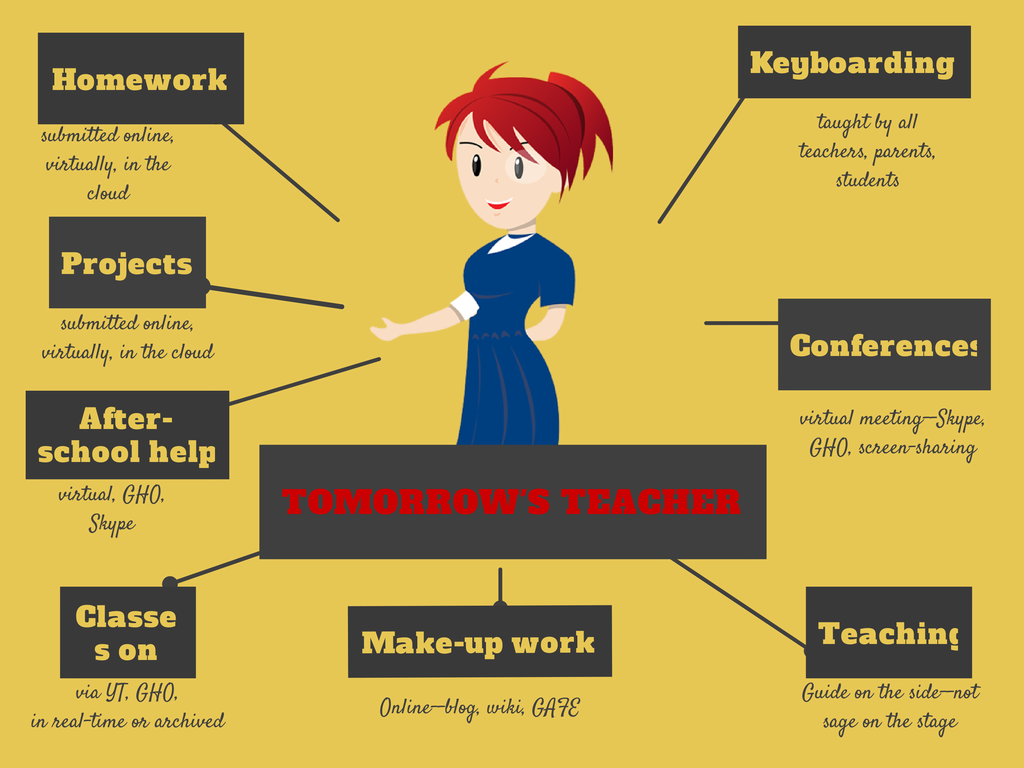 This is so important in an achievement based, learning intention driven education system.
This is so important in an achievement based, learning intention driven education system.
It is equally important that this doesn’t take away from your students’ meaningful arts experiences. These teaching ideas can be easily adapted to your individual classroom specifically for your students.
How can DTI help if you’re a home schooling parent?
Dance Teaching Ideas helps home schooled children learn through the Arts. It places you along side your child as a maker of art. This creates a supported learning environment in your home and encourages children to try a range of approaches to problem solving.
Dance is a great way to learn about many areas of the curriculum and allows you to enjoy creating together.
These are Dance activities you can do at home!
The ideas for dance activities presented in the articles and in free lesson plans and resources, demonstrate how children can make meaning and learn about their world.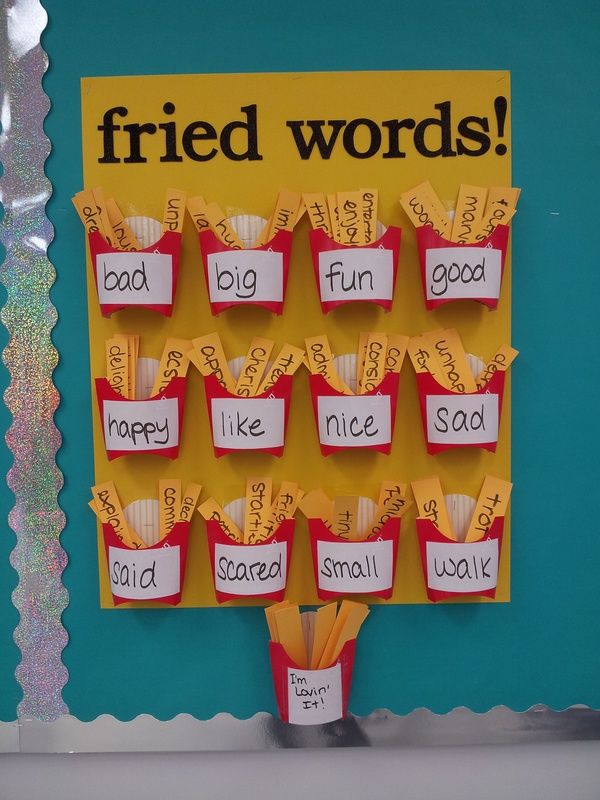 Arts learning can be messy, elusive and unpredictable at times and Dance Teaching Ideas creates a road map to help you navigate the curriculum and its implementation.
Arts learning can be messy, elusive and unpredictable at times and Dance Teaching Ideas creates a road map to help you navigate the curriculum and its implementation.
There are short dance activities that can be done to introduce physical activity and longer dance and movement lessons that link to key curriculum areas.
Interviews with distance educators and seasoned home schoolers support you on your dance journey and keep your children active and creative. Learning should be fun for everyone and dance can enliven your home classroom.
Recent Articles in 2021
Recent Articles in 2022
Kym Articles, Dance for Early Childhood
Outdoor dance play can be helpful for preschoolers learning to pay attention and control their behaviour. Recent research suggests that preschoolers are more likely to follow routines and rules in indoor activities when these activities follow outdoor play (Koepp et
Read more
Kym Articles, Dance Activities
While all the Dance Elements are interconnected, Space is perhaps the most crucial in its relationship to each of the other elements.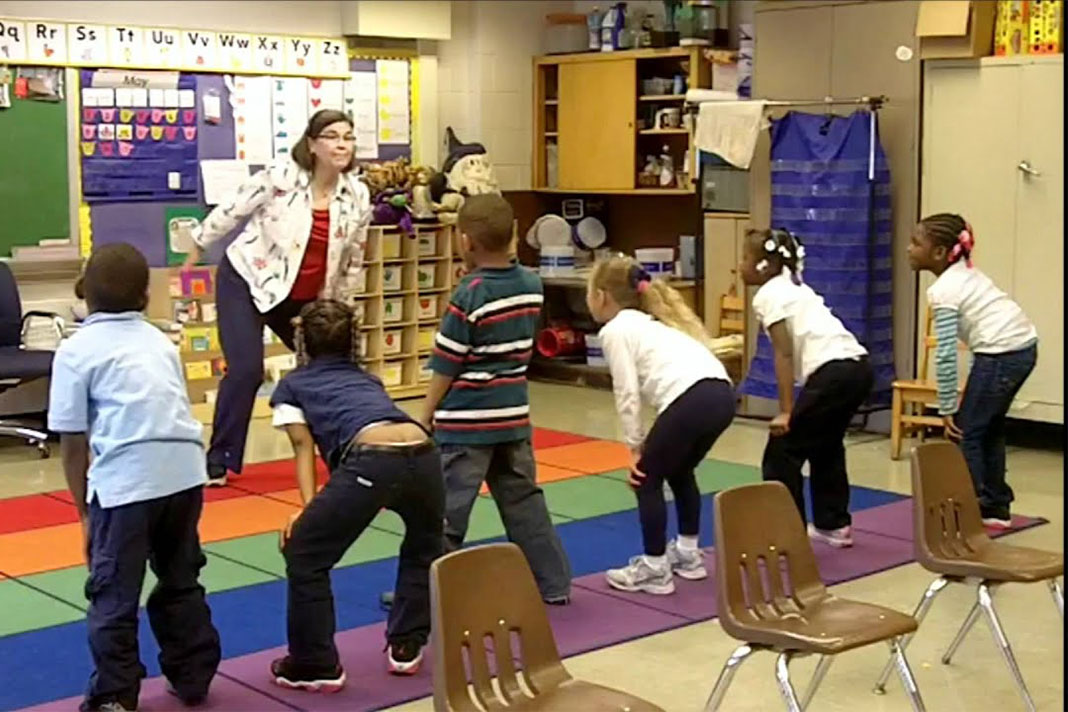 Teaching about Space in Primary school dance lessons can be overwhelming and seem complex. Keeping it simple is
Teaching about Space in Primary school dance lessons can be overwhelming and seem complex. Keeping it simple is
Read more
Kym Articles, Lesson Planning, Warm up - Dance Game
Performing dance in Primary/Elementary classrooms can be an exciting and positive experience. But like all good lessons or projects in schools you need to plan for success. Many children and adults have very adverse experiences with performing. This includes speaking,
Read more
Why is there a compulsory choreography lesson in the school schedule
Is choreography necessary in a modern school? Many parents believe that a standard set of general education subjects is enough for a child to grow into a successful member of society. But only one who does not forget to develop not only intellectually, but also physically and spiritually can become a truly harmonious personality. Dance solves all these problems.
Dance solves all these problems.
Since the era of Peter the Great, dance has been a compulsory subject in all state higher and secondary educational institutions. It was studied not only in the royal lyceum, but also in modest vocational schools. Every person who considers himself educated knew the latest and old ballroom dances and knew how to perform them in a noble manner.
Our time dictates new approaches and yardsticks, but one often wants "honor" and "dignity" to be defined in the old fashioned way, as in the time of great-grandfathers. For centuries, one of the universal means of education has been and remains art, including choreography.
A dance lesson is relaxation
Without a holistic approach to education, we will fall into the notion of "this is important, but this will not be useful." Choreography not only solves the problems of spiritual and aesthetic education, but also gives physical activity. Now, unfortunately, obesity, spinal curvature, osteochondrosis, as well as isolation, inability to communicate and dependence on the Internet are very common.
Doctors will support that dancing for a child is one of the best physical practices. Children who dance are less likely to get sick and develop faster than their peers who do not dance. Thousands of scientific studies and articles are devoted to this issue. The book Integrative Dance Movement Therapy also explores dance as a form of psychotherapy.
Recently, the problem of overloading children and teenagers with lessons and homework has come to the fore. Parents from kindergarten set themselves up for an early start in education, trying not to miss anything.
A continuous race begins at school: endless homework, projects, olympiads, competitions, thematic events family.
At these moments, I suggest that parents stop and think about how to break out of the rigid framework of the “consciousness processing factory”, the desire to shove as much knowledge into the child as possible at any cost. Additional education becomes a lifesaver, which develops the talents and inclinations of the child and helps to express individuality.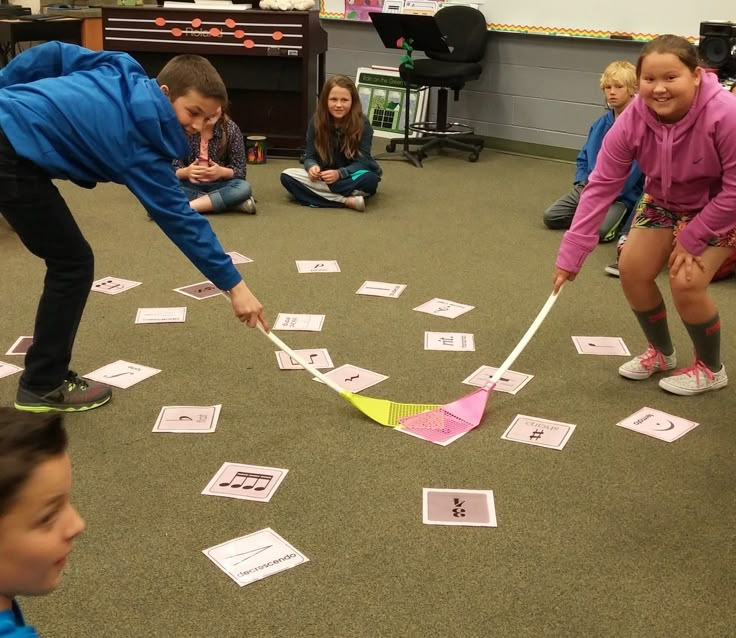 Choreography lessons give the child a breath of freedom and develop creative abilities.
Choreography lessons give the child a breath of freedom and develop creative abilities.
How choreography lessons work in our school
I have been teaching at the Integration XXI Century school for 13 years. Choreography lessons are mandatory here, along with other subjects of the general education cycle. The lesson is designed for children of different levels of training, there is no special selection according to professional data.
In elementary grades - dance-rhythmic gymnastics. The effectiveness of such classes is in their versatile effect on the musculoskeletal system, cardiovascular and respiratory systems of the child. Exercises in imagery, improvisation, and plot compositions help develop emotions.
Older children begin to learn classical dance at the barre, the position of the legs and arms, and body positioning. We pay great attention to the development of coordination, the skills of musical performance of movements, accuracy and clarity. To develop artistry, I learn dance sketches of a folk character, I use modern choreography.
There are two forms of teaching choreography in our school: classroom and extracurricular activities. The second form is already aimed at the stage result: children are preparing for performances - from intra-school events to all-Russian and international competitions.
Dear parents, let's take seriously the upbringing and education of our children. The school is unable to independently cope with such a difficult task - the formation of a harmoniously developed personality. Let's answer the question "Do I need a choreography lesson at school?" together.
Illustrations: Shutterstock (Alenka Karabanova)
The art of teaching dance | Useful articles and tips from the 🕺dance studio - Under Stand (Anderstend)💃 in Voronezh.
Today, dancing has become so popular and accessible that even the dancers themselves often forget that they are making art. In the modern world, it is becoming increasingly difficult to distinguish a genuine product from a consumer product. The same problem exists in dance - every day in the world of dance there are new names, new performances, new competitions are held, which again give birth to new names. The speed of information is growing exponentially, and in order to "be in the know", 2-3 workouts per week are not enough. And everyone needs to “be in the know”, because the correct choice of a dance direction, a coach, a teacher, and the level of loads depends on it. Let's dwell on how to understand whether a coach is engaged in art or "works in a dance hall."
The same problem exists in dance - every day in the world of dance there are new names, new performances, new competitions are held, which again give birth to new names. The speed of information is growing exponentially, and in order to "be in the know", 2-3 workouts per week are not enough. And everyone needs to “be in the know”, because the correct choice of a dance direction, a coach, a teacher, and the level of loads depends on it. Let's dwell on how to understand whether a coach is engaged in art or "works in a dance hall."
From our point of view, we will single out the main features of a talented teacher:
- how he creates a dance
- how he conducts classes
- how he motivates
All types of art can be described by a common goal - the depiction of an artistic image. The dance is created by the director and the music: imagery and musicality. In the first place, in our opinion, are those artistic images that are born in the imagination of the director. We put the imagination, inner world, spirituality of the dancer in the first place, because these qualities allow us to call the choreographer gifted, talented, thanks to these qualities the dance becomes spiritualized.
We put the imagination, inner world, spirituality of the dancer in the first place, because these qualities allow us to call the choreographer gifted, talented, thanks to these qualities the dance becomes spiritualized.
But the ability to "transmit" the image is, of course, necessary. The director expresses the images using his own manner (they say "the dancer's style"), a variety of dance forms (here we mean the variety of dance styles). And an important condition is applied to this technical side of the dance - musicality. The image of the artist should not go against the music. Thanks to musicality, the director achieves the effect when the music reveals the artistic image. Hence, one of the main requirements for a dance teacher is musicality. The teacher must hear the music, and must be able to teach it to his students.
The second condition of a good teacher is, in our opinion, how well he trains students. To train means to educate, educate, direct. The ability of a teacher to transfer his knowledge and skills, to find and develop the abilities of students, to overcome difficulties, such as lack of flexibility or a sense of rhythm. All this work requires a lot of time, the dedication of the student, and with the proper approach of the coach, the result will be excellent: the dancer will be able to express the spiritual image of the choreographer.
All this work requires a lot of time, the dedication of the student, and with the proper approach of the coach, the result will be excellent: the dancer will be able to express the spiritual image of the choreographer.
And finally, with regard to the student's bestowal. Of course, it is important that the student be efficient, proactive, diligent. But, perhaps, not the last role is played by the way the teacher motivates his students. Dancing requires inspiration, knowledge, experience. Inspiration is drawn from books, concerts, music, paintings, news, from communication, from travels - from everything that gives rise to emotions in a person. The teacher should be able to inspire students and suggest sources for them to find inspiration. In the same way, he must show the sources of information for obtaining knowledge about dances, about dancers, in addition to what he teaches his students on his own. And finally, the dancer gains experience over time. This means only one thing: the teacher must keep a person in dancing, infect him with a love for dancing.